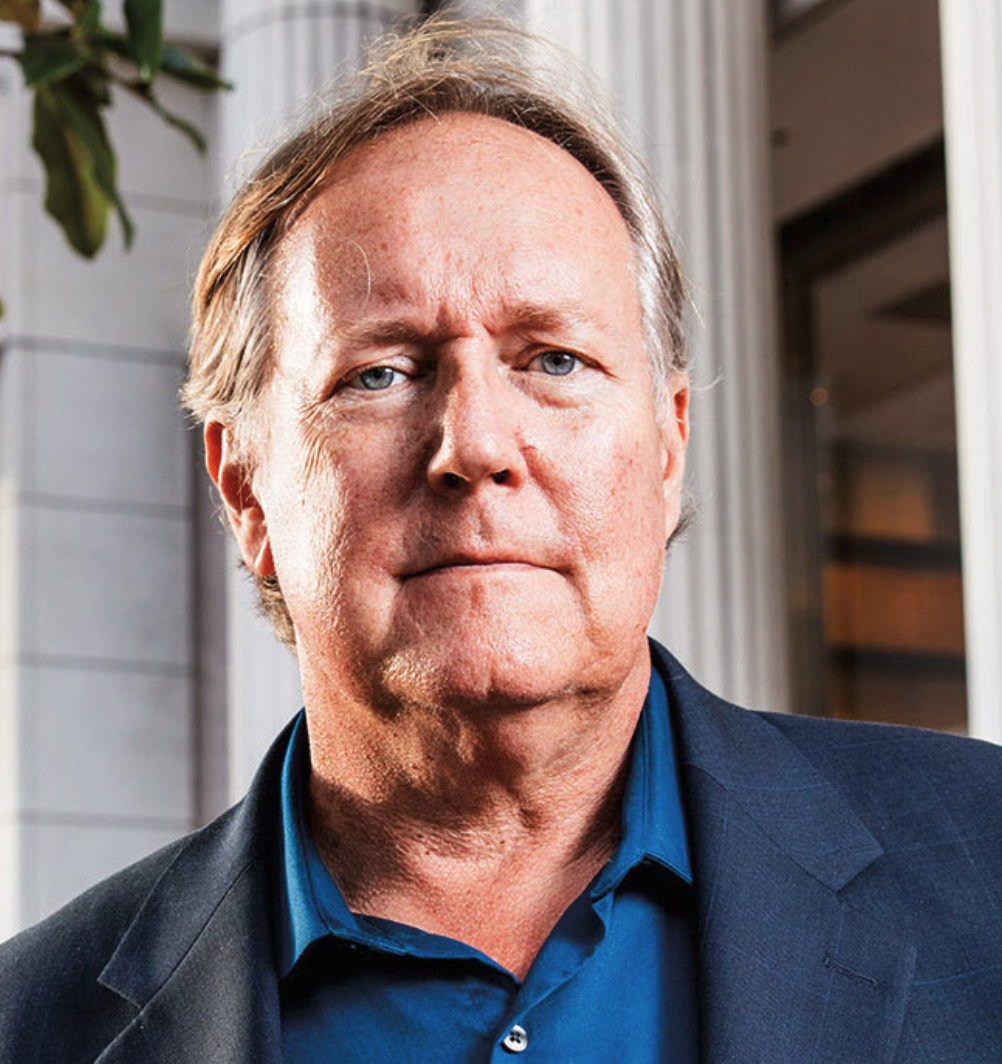The Great American Con
 Professor Carl Luna
Professor Carl Luna
The Great American Dream of the 20th century has given way to the Great American Con of the 21st.
„The secret of being a topnotch con man is being able to know what the mark wants and how to make him think he’s getting it.“ Ken Kesey
There are three parts of the con: convince your marks you can fulfill their deepest desires, convince them that you can do it on the cheap, then take their money (or, in politics, power) and run. In 21st Century, economic insecurity and frustration has allowed hucksters posing as statesmen to run such a gambit, transforming the American Dream into the Great American Con.
Emerging out of the unprecedented national prosperity following World War II, the American Dream was simple: in a land of endless opportunity, if you worked hard, you would make it – at least to the middle class, if not upper. As the economy exploded, the idea of doubling the national standard of living every generation was no longer an aspiration. It was a birthright. By the 1970s the post-war boom petered out. The American economy continued to grow (often faster than that of its other high-income allies) but the costs of securing three pillars of the middle class status – affordable higher education, healthcare and housing – rose far faster than income and the fourth, guaranteed retirement, disappeared for millions. Life may have been getting better, but it now took 2-3 generations to double the standard of living rather than the one promised by the American Dream. With expectations delayed came an increasingly anxious middle class, angry working class and disconnected upper class. This sense of failure of the American Dream led to its amendment in the 1980: If someone doesn’t get ahead in America then they didn’t work hard enough and don’t deserve support or sympathy. The age of “Welfare Queens” – a derogatory term used to stigmatize women on welfare, often specifically targeting single black mothers – was born. Government began a decades-long quest to cut the social safety net for the “underserving” with the false promise that doing so would free up monies to support massive tax cuts, stimulating a great economy for all. Instead, the rich got richer faster and the rest slower, if at all.
In the 21st Century, another, more insidious amendment to the Dream was added. Politicians began speaking of “real” (hence deserving) Americans (traditional – usually white and male –blue collar workers) and argued if these hardworking real Americans weren’t succeeding it had to be because Others were keeping them down. Real Americans needed champions to vanquish these enemies and return America to its golden days of yesteryear. This is the Great American Con.
Where the American Dream was based on aspiration, the American Con is based on aspersion– and despair. From the 1960s to the 1990s, this Con sat on the edge of mainstream American politics, as politicians from George Wallace to Pat Buchanan blamed minorities and immigrants for declining blue-collar wages. It was only in the aftermath of the Great Recession that the Great Con achieved true national power. The Con, sitting at the core of MAGA-like movements in wealthy nations where the status of dominant majorities is being shaken by demographic and technological shifts, is based on a simple promise: If only We can find Them (immigrants, racial and gender minorities and elites of all sorts – academic, cultural, economic, political, urban elites) and stop Them, We, the real (fill in blank: Americans, British, Germans…) can return to the glorious past.
The Great Con flourishes because neither mainstream progressives nor conservatives really know how to address an economy changing more rapidly than at any time in history. Progressives work to recycle social programs that worked for 20th century industrial economies while conservatives seek to time warp back to an even earlier mythological age of laissez faire economics. Neither paradigm deals with the utter disruption of 21st century post – and, with the rapid emergence of AI, post-post-industrial societies.
At least progressives and conservatives share a common faith that adopting their policies would result in positive change for people. The hucksters of the Great American Con, like all great conmen, could care less about people, seeing them only as a source of power to exploit. But today’s political conmen have a problem: having launched their con, they can’t easily take the money and run. Just as their ilk did in the 1920s and 1930s, their only endgame is to ride their con either to infamy or permanent power – the inevitable authoritarian payoff.
You can’t con someone unless they want to be conned. As long as Americans lack the resolve to grapple with the fundamental consequences of unprecedented revolutions in technology and economics and, instead, continue to look to the cheap fix of blaming others, we will remain mired in the Great American Con. But the American Dream is a dream of hope. America is still, despite real problems, a beacon of possibilities across our planet. You don’t hear as much about people wanting a piece of the Russian or the Chinese Dreams (though with a baby born in Shanghai now projected to live 7 years longer than a baby born in Washington, DC, how much longer this will be the case is the great question of the 21st century.) America can make itself Great for the 21st century. But not if we continue to fall for our own con.
